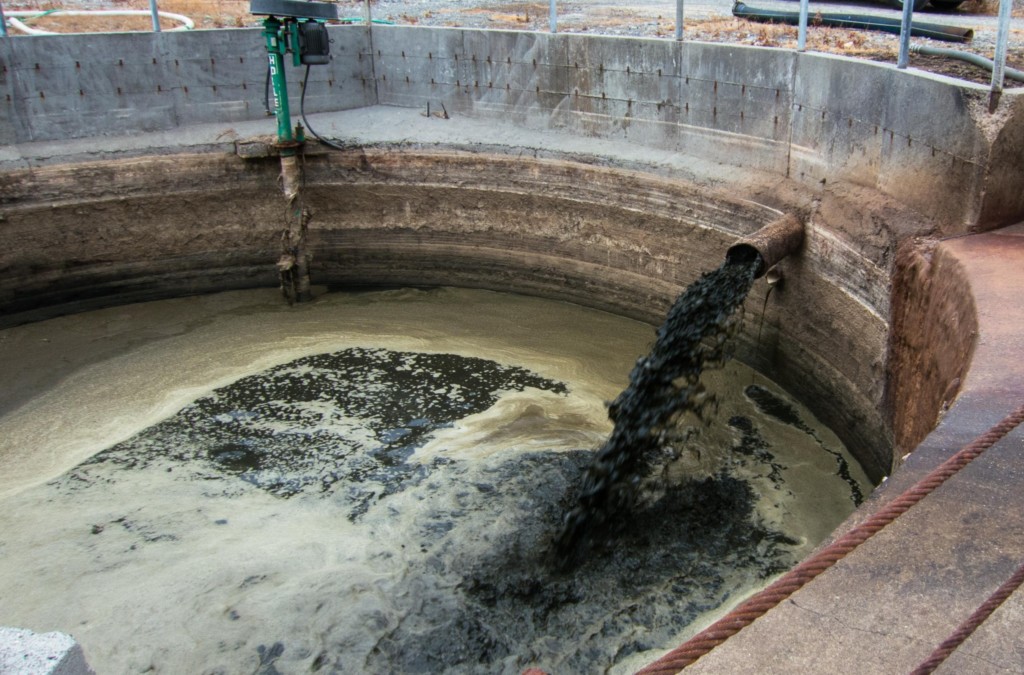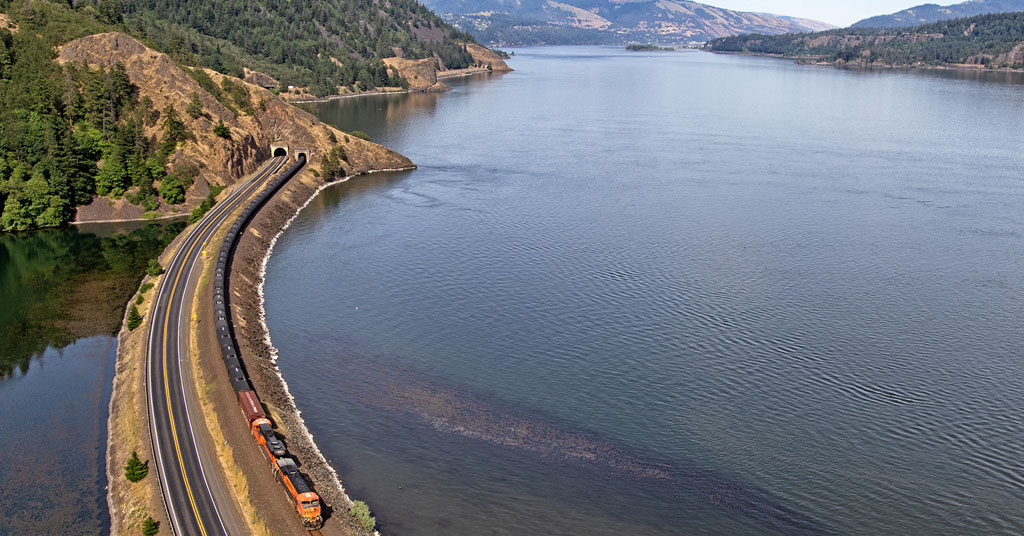
Cow poop ready to be turned into energy. Photo by Jurgen Hess
By Emily Kao. May 7, 2015. When you visit a dairy community there is one smell in the air: thousands of pounds of poop. It’s a mind-boggling amount of manure, far too much to throw into a compost bin. Because of this overwhelming quantity of dung, dairy farms face the same problem faced by all human communities: what to do with waste. Animal waste fills our sewage facilities and farm lagoons; trash waste fills our landfills, basements, and garages. It’s not difficult to imagine a WALL-E-esque future in which the world is overrun with human waste.
Many facilities are looking to a much older bit of science to deal with this waste: anaerobic digestion, the breakdown of organic material into a burnable gas. Several facilities in the gorge area utilize anaerobic digesters including dairies, landfills, and metro areas.
How effective they are as a source of alternative energy? What do these systems look like? And are they long-term money savers?
Adapted from Emily George?s article ‘Methane Digestion: A Use for all that Poop’ first printed on Envirogorge in December of 2014









